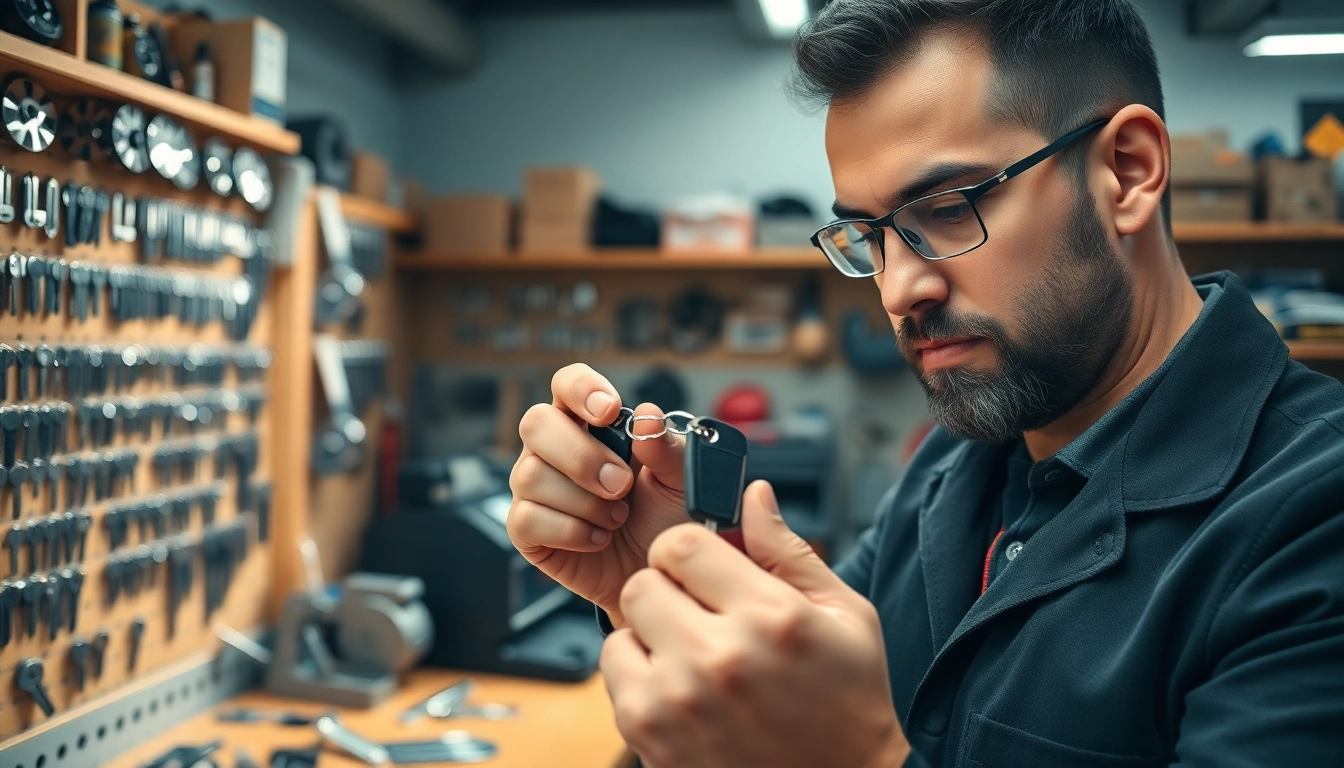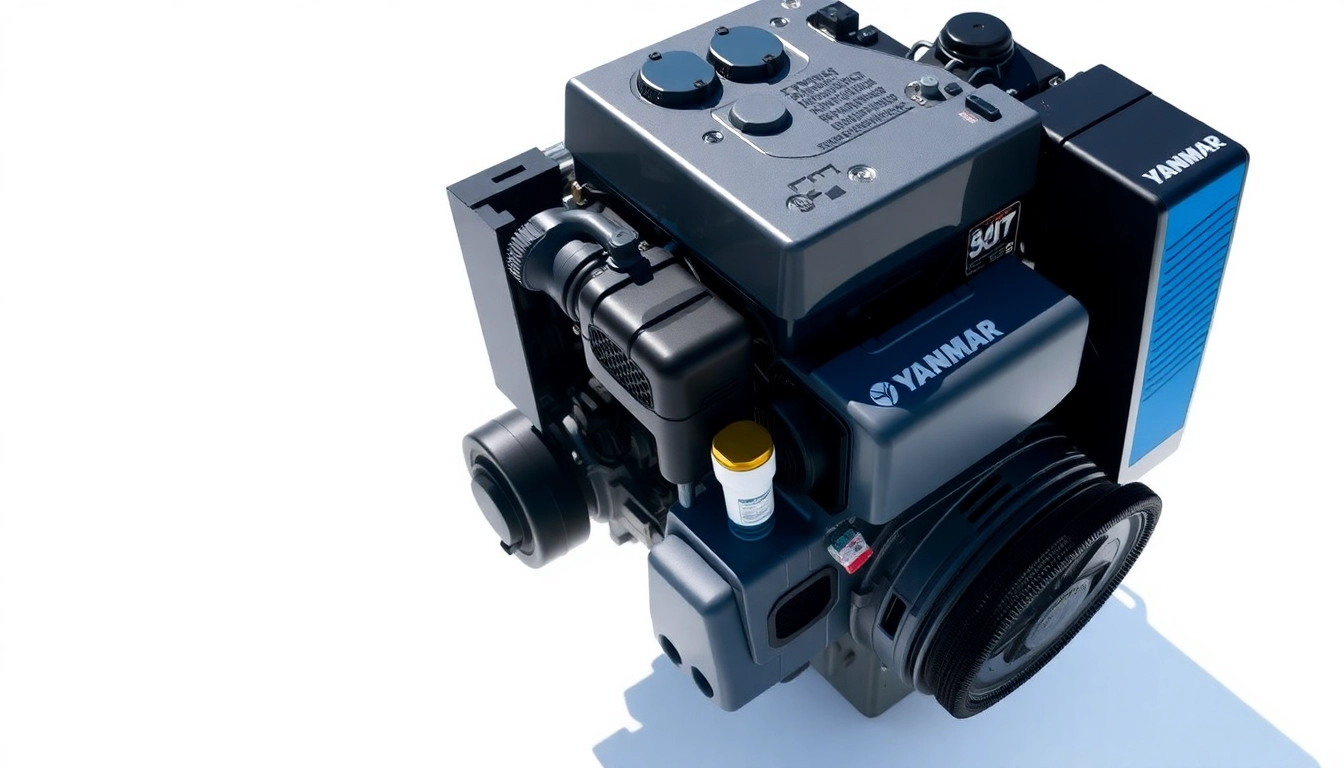Understanding Keys for Electric Cars: Features, Technology, and Benefits

What Are Keys for Electric Cars?
As electric vehicles (EVs) become increasingly prevalent on roads around the world, the technology behind their access and operation is evolving rapidly. This transformation includes the keys that unlock, start, and secure these vehicles. Keys for electric cars differ significantly from traditional keys, focusing more on technology, digital solutions, and user experience. To fully appreciate this modern evolution, it’s essential to define the key types associated with electric vehicles, explore their functioning, and understand how they differ from traditional car keys.
Defining the Key Types
Electric vehicles utilize several types of keys that enhance convenience and security:
- Traditional Key Fobs: These are similar to conventional keys, albeit with advanced functionalities that allow communication with the car’s electronic systems via radio frequency.
- Smart Keys: Smart keys offer passive entry, meaning the driver can unlock and start the vehicle without physically using a button or key—simply being in proximity suffices.
- Digital Keys: Leveraging smartphone technology, digital keys can be stored in mobile apps, allowing users to control their vehicle through their phones. They can also facilitate remote access and tracking.
- Key Cards: Some EVs, particularly certain models of Teslas, utilize key cards that can be tapped on the car to unlock and start it.
How Do Electric Car Keys Work?
The functioning of electric car keys revolves around advanced technology that ensures seamless interaction between the key and the vehicle. Most modern keys use radio frequency identification (RFID) or Bluetooth technology to communicate with the vehicle. When a driver approaches the car, the key emits a signal, which the vehicle detects, granting access automatically if the key is recognized. Digital keys, in particular, allow for greater customization and can be managed through smartphone applications, which may also include features such as sharing access with other users.
Differences from Traditional Keys
Electric car keys redefine what vehicle access means. Unlike traditional keys, which require physical insertion into locks, electric vehicle keys offer touchless solutions. Additionally, the integration with smartphone applications introduces new features like remote start, diagnostics readouts, and lock/unlock functionalities—all manageable from the convenience of a mobile device. Enhanced security measures such as encryption and dynamic codes further set these keys apart from their traditional counterparts, promoting safer vehicle access.
Benefits of Digital Keys for Electric Vehicles
The adoption of digital keys in electric vehicles carries numerous advantages that improve user experience and streamline vehicle access.
Convenience and Accessibility
Digital keys enhance convenience dramatically. With the ability to unlock and start vehicles via smartphone apps, drivers can leave their physical keys at home, reducing the risk of losing them. Key sharing capabilities allow multiple users to access the vehicle without the need for physical key exchanges—ideal for families or car-sharing scenarios. The integration of features such as remote locking, unlocking, and even engine starting through an app adds an extra layer of convenience for busy users.
Enhanced Security Features
Security is a significant consideration for vehicle technology. Digital keys incorporate advanced security measures such as two-factor authentication, encryption, and codes that change with each use or access attempt. This significantly reduces the risk of unauthorized access compared to traditional keys, which can be easily duplicated. Some digital key solutions also permit users to monitor their vehicles’ status, including checking if doors are locked or if the vehicle has been moved.
Integration with Smart Devices
The compatibility of digital keys with smart devices enhances the user experience. Many electric vehicles now support integration with smart home systems, allowing users to control their vehicle as part of a broader smart ecosystem. For instance, sync with voice-activated assistants can mean that users can verbally command their vehicles to unlock or perform other actions. This trend demonstrates a significant shift in how drivers interact with their vehicles, further aligning with the growing reliance on smart technology.
How to Choose the Right Key for Your Electric Car
Selecting the right key for an electric vehicle is crucial and can depend on several factors related to individual user needs and vehicle compatibility.
Compatibility Considerations
First and foremost, it’s essential to ensure that any key chosen is compatible with the specific make and model of the electric car. Each vehicle manufacturer may have proprietary technology that necessitates using particular key types or systems. Therefore, confirming compatibility protects against potential functionality issues in the future.
Key Fob vs. Smartphone Control
Whether to opt for a traditional key fob or a digital key accessible through a smartphone app is another consideration. Key fobs serve users who may prefer traditional access methods, while smartphone control provides modern conveniences and additional features. For tech-savvy users or those who appreciate the latest advancements, a digital key solution may provide a more satisfying user experience.
Costs and Availability
The cost of acquiring keys can vary widely based on the type selected and the vehicle’s make. While traditional key fobs might be less costly up front, digital keys often require app subscriptions or connectivity charges, so users should weigh long-term costs against immediate expenses. Additionally, availability can be a direct reflection of the vehicle’s features, with certain keys only accessible through authorized dealerships or manufacturers.
Common Issues with Electric Car Keys
While digital keys present numerous benefits, users may face several common issues that can impact usability and functionality.
Battery Life and Replacement
One frequent issue associated with electric car keys, especially key fobs, is battery life. Key fobs often operate on batteries that require replacement periodically. If the battery drains, users may experience access issues. Regular maintenance, including checking battery life and replacing it proactively, is critical. Keeping a spare battery on hand can provide peace of mind for emergency situations.
Key Programming and Duplication
Programming and duplicating keys can become complicated, particularly with digital keys. Users may find challenges in reprogramming keys after changing batteries or sharing keys among multiple users. Understanding the programming process and ensuring proper procedures are followed can mitigate these complications. Seeking professional assistance when issues arise is advisable to avoid frustration.
Troubleshooting Key Malfunctions
Malfunctions with electric car keys can occur due to several technical reasons, such as software bugs, communication errors between the key and vehicle, or damage to the key itself. Troubleshooting these issues often requires a systematic approach, starting by ensuring the key has adequate power. If problems persist, consulting manufacturer resources or contacting technical support for assistance may be necessary.
The Future of Keys for Electric Cars
The landscape for vehicle keys is constantly evolving, particularly with the rapid advancements in electric vehicle technology. Various trends are emerging that will likely shape the future of keys for electric cars.
Trends in Key Technology
Key technology is expected to continue progressing toward increased automation and user-centered features. As keyless access becomes more common, enhanced functionalities such as biometric access—where users can unlock vehicles using fingerprint or facial recognition technology—are being explored. This shift aims to offer not only convenience but also heightened security for vehicle owners.
Potential for Biometric Access
The integration of biometrics into vehicle access systems represents a considerable leap forward in terms of user security and convenience. Utilizing biometric data can create a more personalized experience while ensuring that only authorized users can access the vehicle. Future innovations may see a blend of biometric features with existing key technologies, enhancing both safety and user engagement.
Impact on Vehicle Security Standards
The evolution of electric car keys is likely to influence the overall security standards for vehicles. As the technology grows more sophisticated, manufacturers must adapt to meet rising security expectations from consumers. This shift could lead to standardized practices across the automotive industry to ensure all vehicles meet stringent security requirements, effectively reducing theft rates and enhancing user trust in their vehicle technologies.







